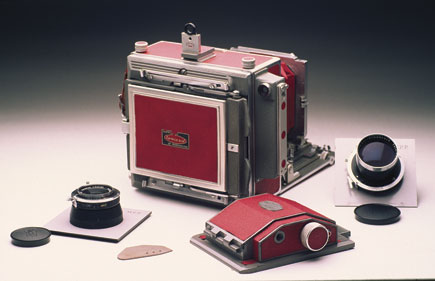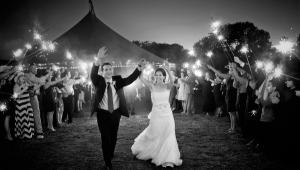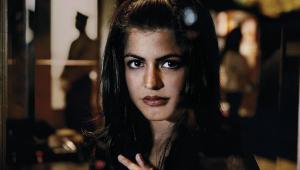6 (More) Reasons To Use A Tripod; ...And Six Reasons Not To
The original reason for tripods was very simple. Exposures were so long that there was no alternative: no one could hold a camera still for many minutes at a time. The same remained true even when exposures dropped to a few minutes, and then to a few seconds. To this day, therefore, most people think of long exposures as the only reason for using a tripod. But there is a lot more to it than this.
Graffiti, Pszczyna, Poland |
|
 |
|
|
To begin with, there is the simple question of what constitutes a “long exposure.” We all know the old rule of thumb that anything faster than “one over focal length” (1⁄50 sec with a 50mm lens, for example) will give acceptable sharpness for handheld shots, but it’s only a very rough rule of thumb, generous with wide angles and iffy with long lenses, and even then, the sharpness is only described as “acceptable” anyway.
If you’re hungry, tired, and shivering, or have just run up a flight of steps, you’ll not be as steady as if you’re warm, well fed, and well rested. What is more, the “one over focal length” rule of thumb is true only for 35mm: smaller formats are enlarged more and need shorter exposures. All in all, a tripod will almost always give more sharpness, even with safe hand-holding speeds such as 1⁄125 sec with a 50mm lens (or a zoom set to 50mm).
Sighisoara, Transylvania |
|
 |
|
|
So, given that, here are six more reasons why a tripod can be a good idea. And, at the end of the article, in the interests of symmetry, six reasons why it may not be.
1. Depth of field. Often, a safe hand-holding speed requires a wider aperture than is really needed for depth of field.
This is most often important with relatively static subjects, such as architecture or interiors, where subject movement is rarely a problem. Even where subject movement is a potential problem, it is much easier for a subject to hold a pose for a second or even 10 seconds than for a photographer to hold a camera steady for as much as 1⁄10 of a second. In macro photography, where depth of field is tiny and exposures are often long because of the very small effective apertures, a tripod often makes life much easier.
2. It allows you to use a lower ISO. Instead of using a longer shutter speed to compensate for a smaller aperture (or because you are already at full aperture and still need more exposure), you can simply set a higher ISO or use a faster film. But of course, lower ISO normally gives better quality: better color, more sharpness, less noise or grain.
Chania Harbor, Crete |
Pecs, Hungary |
||
 |
 |
||
|
|
3. A constant viewpoint. This is often important. The classic example is when you are in the studio, building a still life or set “to camera.” You look through the viewfinder; you decide that one thing needs to be slightly nearer another; you move it and you look through the viewfinder again. Without a constant viewpoint, e.g., a fixed camera, you can never be sure you have brought the camera back to exactly where it was before.
It goes without saying you need to do this when using a large format camera with movements. Even if the exposure is not long enough to warrant a tripod, it is all but impossible to use the rising front, swings, tilts, and so forth, unless the camera is fixed firmly in one place.
Then there are the times when you are shooting multiple exposures for HDR, or for stitching into a panorama. Yes, the program may be able to use images that are not quite perfectly aligned, but the better aligned they are, the less information you are wasting and (in all probability) the faster the program can run.
MPP Mk. VII Technical Camera |
|
 |
|
|

















































